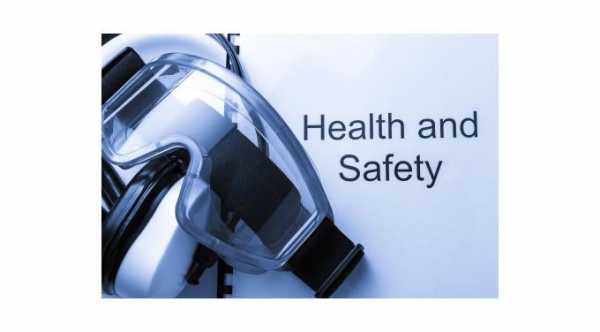
Safety Glasses Requirements
Why risk losing your eyesight when a pair of protective glasses or safety goggles can prevent injury? In order to keep your eyes safe, it is important to select safety eyewear that meets all of the applicable safety glasses requirements and guidelines.
Each part of safety glasses, including the lenses, frames, and any safety glasses side shields, has standards that must be followed. Whether they have prescription or non-prescription lenses, they must conform to a particular set of standards, higher than the standards for regular eyeglasses.
In the United States, the Occupational Safety and Health Administration, or OSHA, is the Department of Labor section overseeing safety practices. OSHU Regulation 29 CFR 1910.133 requires employers to ensure that employees use appropriate eye or face protection for their job.
OSHA has adopted the safety glasses standards established by ANSI, or the American National Standards Institute, which creates quality standards for many categories of products. ANSI standards cover all types of protective eyewear, including glasses, goggles, face shields, and helmets.
Safety eyewear is covered by ANSI standard Z87.1-2003. This set of standards was last revised in 2003 in an effort to reduce the number of work-related eye injuries.
Both the lenses and frames of safety eyewear must be more resistant to impacts than regular eyeglasses.
To comply with ANSI standards,lenses are tested for impact resistance,with two possible classifications:
Basic impact and high impact. To pass the test, a one-inch diameter steel ball is dropped from a height of 50 inches, and the lens must not chip or crack. For the high-impact test, a quarter-inch steel ball is shot at the lens at a speed of 150 feet per second.
Look for a 'plus' mark, which indicates high impact approval. You may also see a 'V' for photochromic, or 'S' indicating a specially tinted lens. Lenses are also available with anti-reflective or AR coating, which reduces distracting glare. However, AR can negatively affect impact resistance.
ANSI testing is also conducted on the frames. In this test, steel balls are dropped onto the lens, and the lens cannot become detached from the frame as a result. There are also durability tests for flammability resistance and corrosion resistance. The frame may be marked Z87 for basic impact or Z87+ for high impact.
Regardless of the activity for which safety glasses are being worn, high impact-rated frames and lenses are recommended. In addition to the impact rating marking, safety glasses frames must also display the manufacturer's logo for identification purposes.
There are several types of eyeglass lens materials used for safety glasses. The most popular type is polycarbonate. It is lightweight, making it more comfortable to wear for long periods. This material is also more impact-resistant than glass lenses.
However, it is also softer, meaning that it will scratch more easily, even with a scratch-resistant coating. Most polycarbonate lenses are high-impact approved, while glass and resin are considered basic impact resistant.
These standards are in place to prevent accidental eye injuries and keep your vision intact. It is estimated that more than 2,000 workers suffer eye injuries on the job every day, though experts say that proper protective glasses could prevent as many as 90 percent of all eye injuries.
Choose safety glasses and goggles that suit your lifestyle and needs and meet safety glasses requirements or guidelines to avoid becoming part of this statistic.









